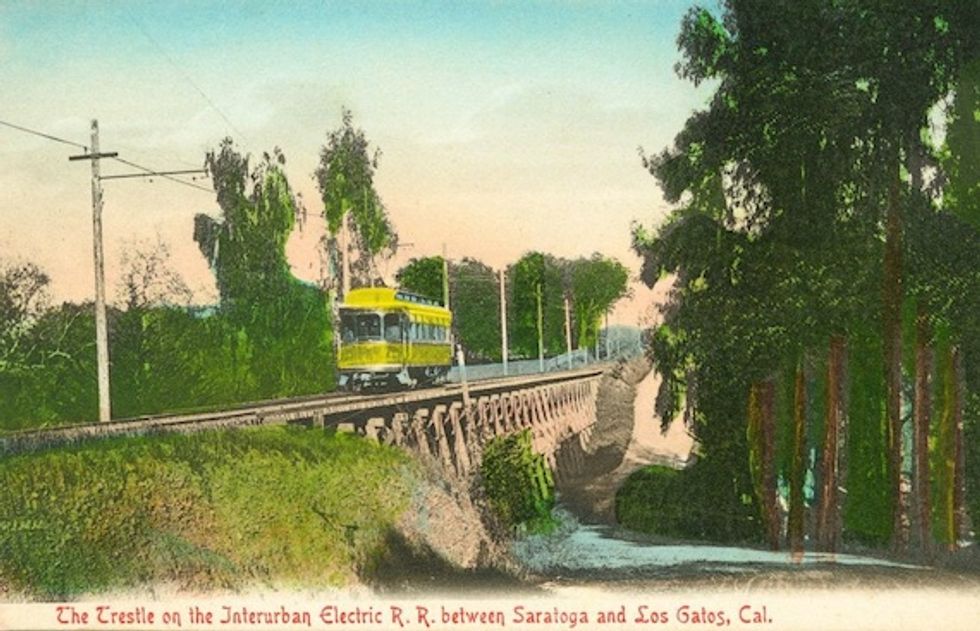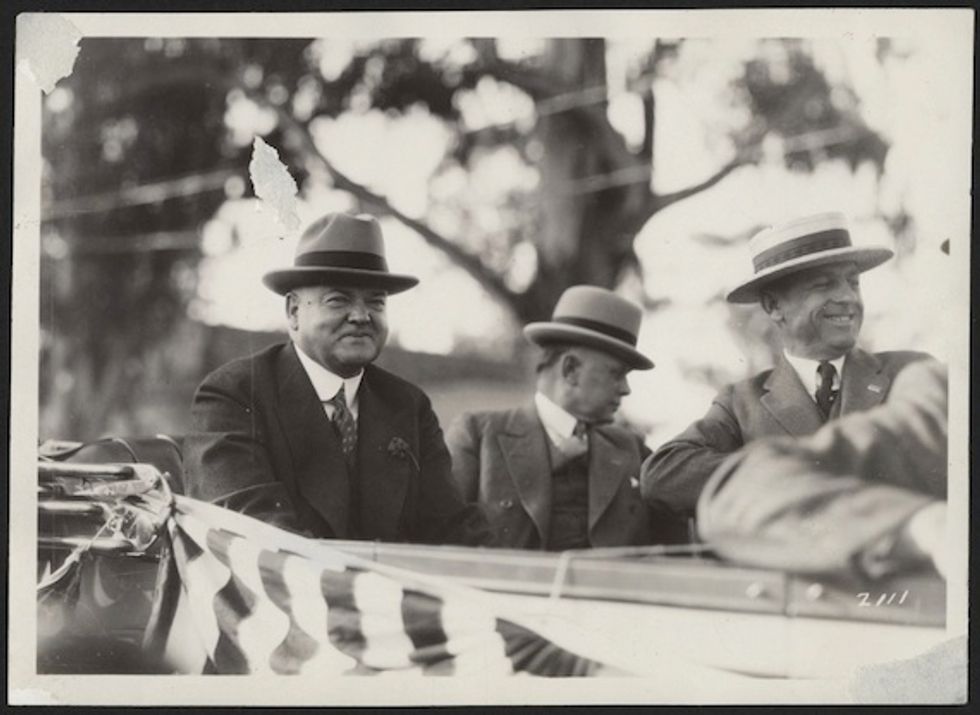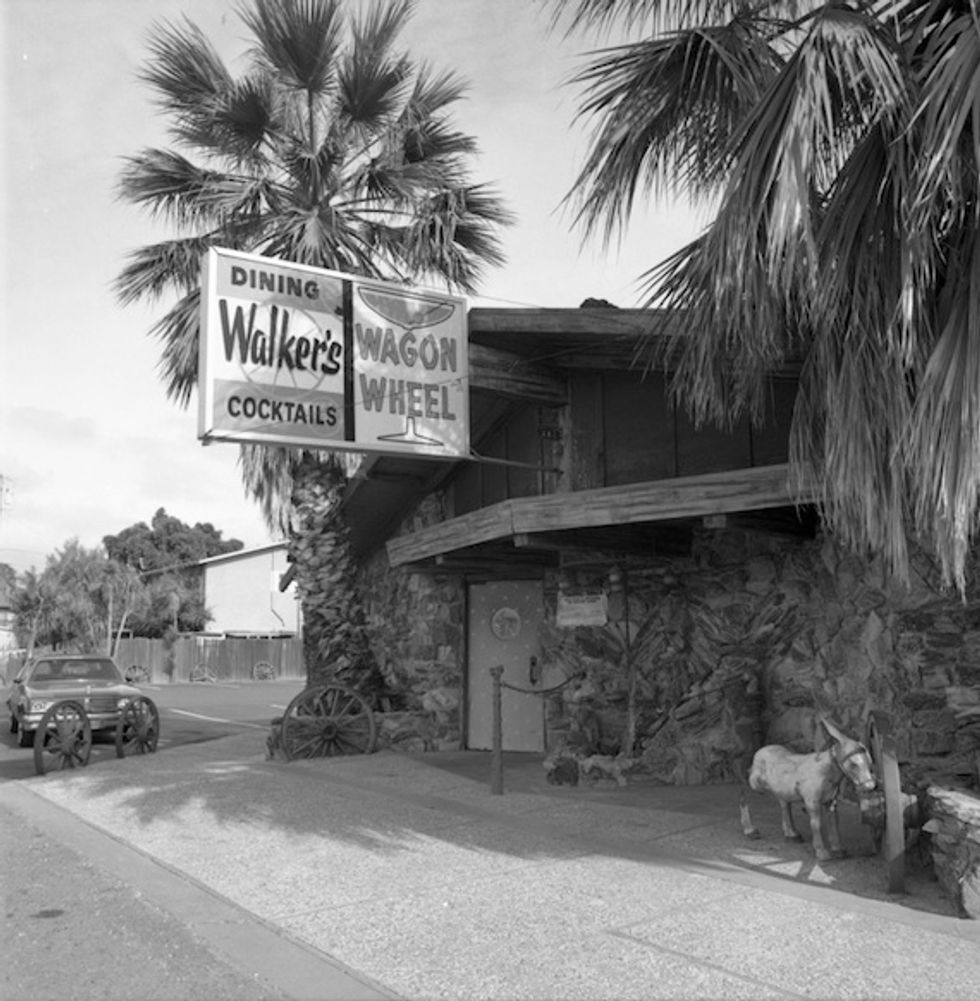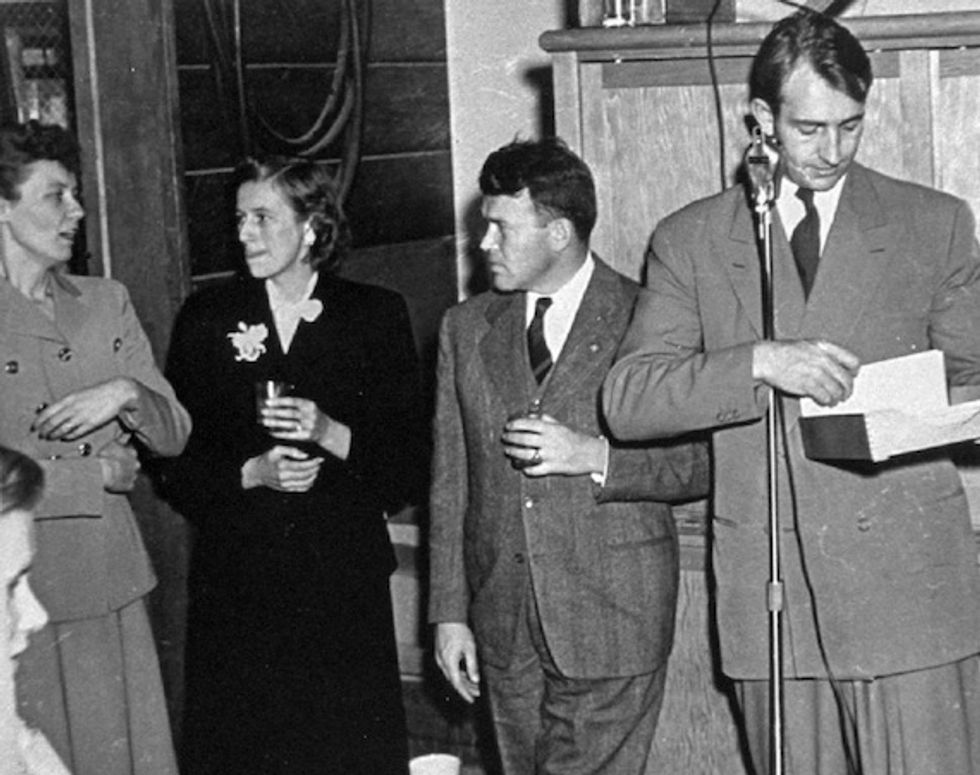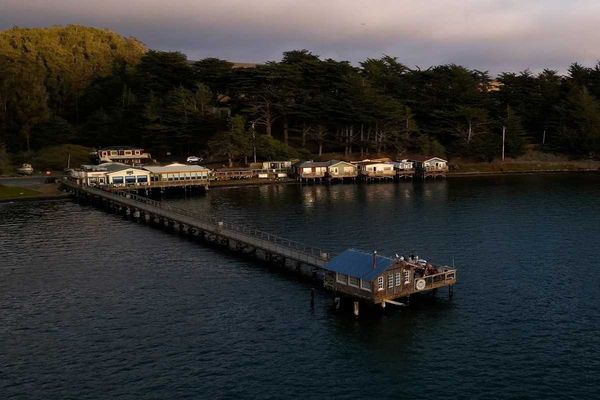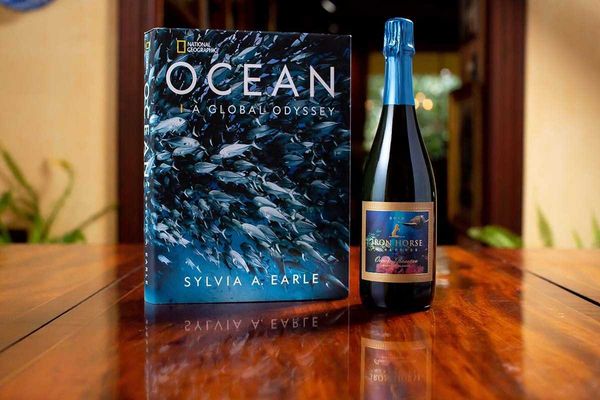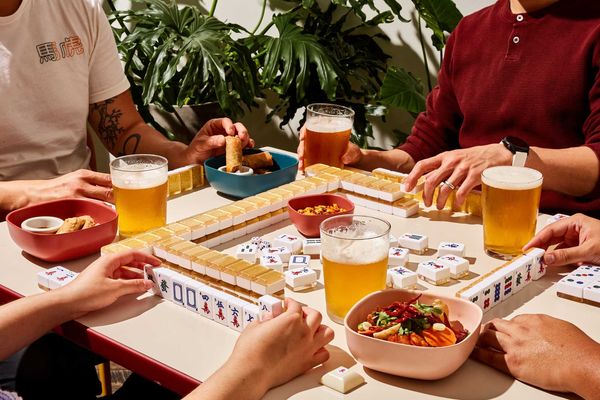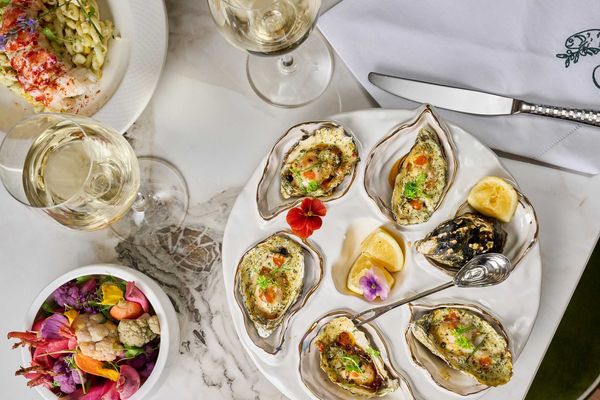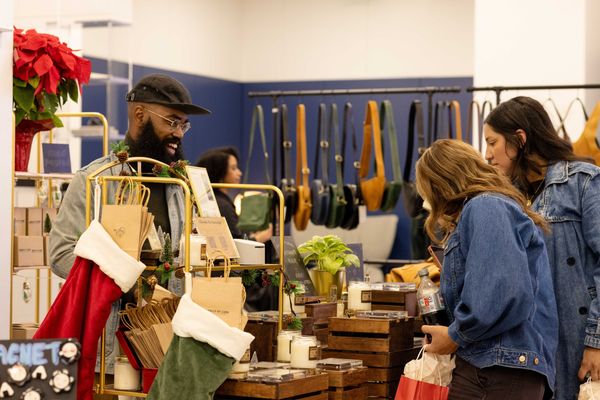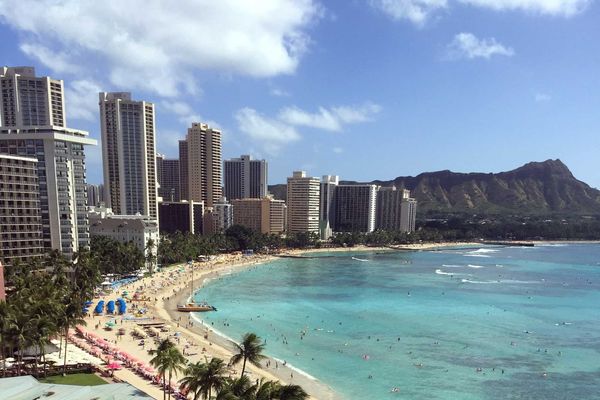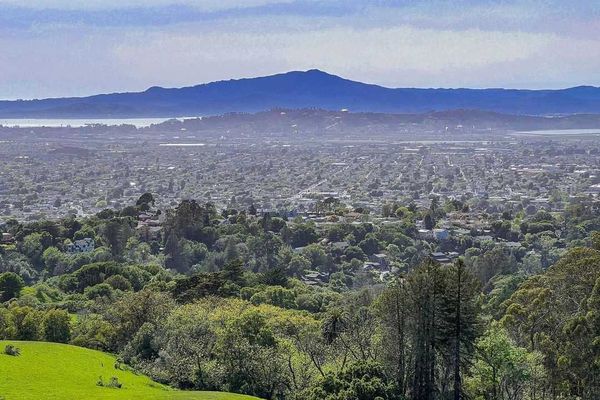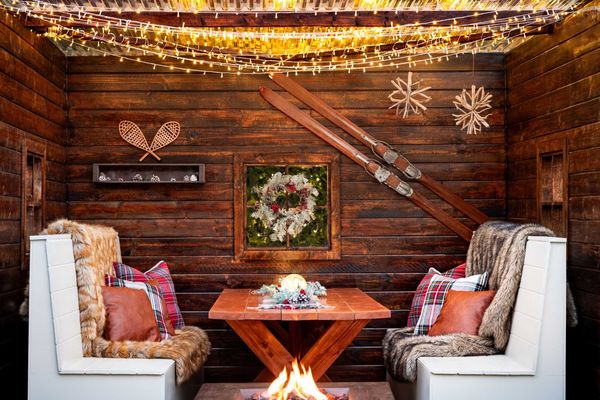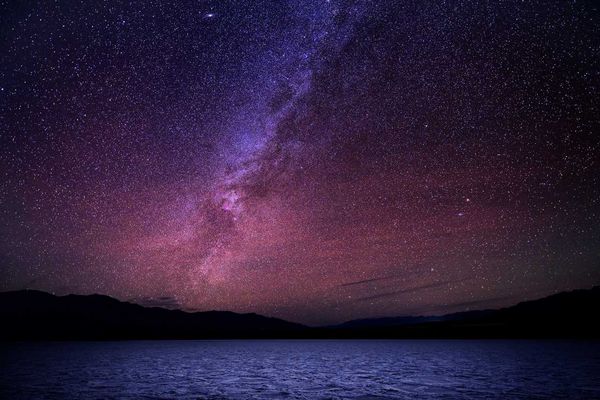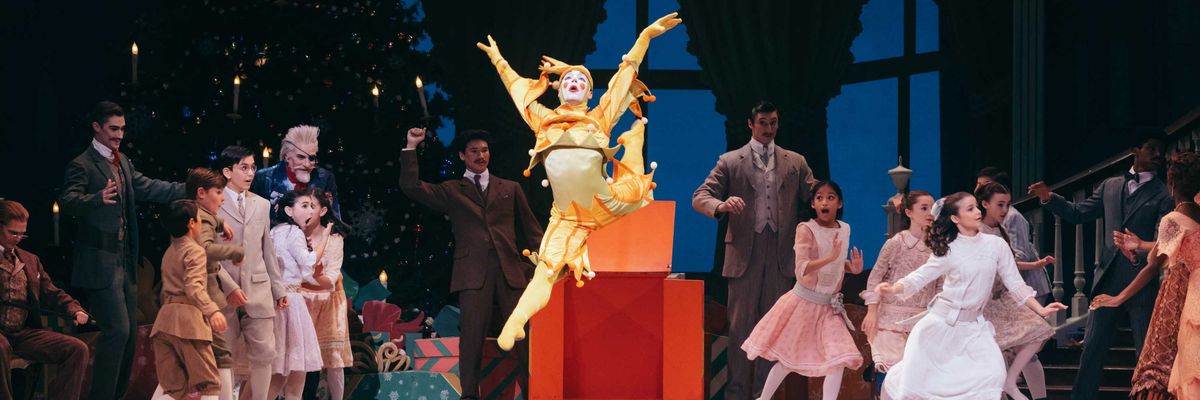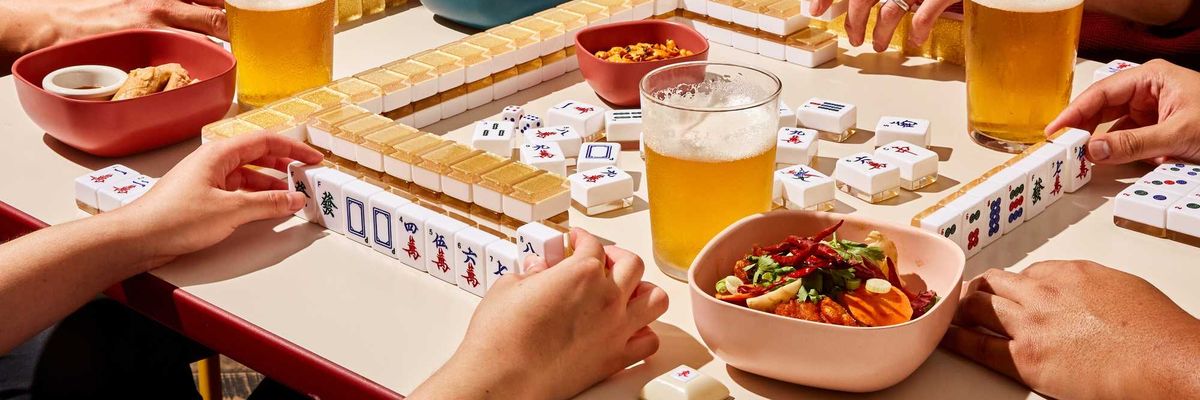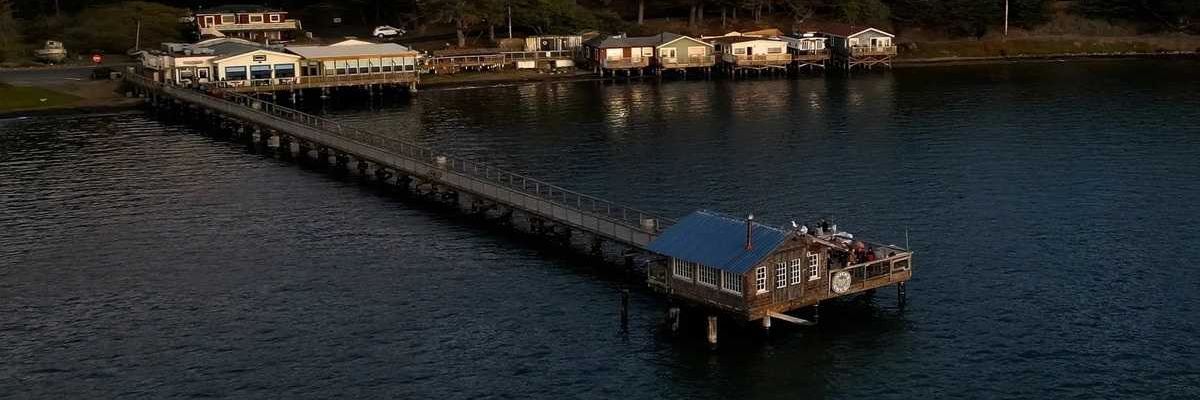When commercial real estate broker Mary Wadden returned to the South Bay after years in San Francisco, she started to wonder how Silicon Valley became the tech Mecca it is today.
“Sure, this is the birthplace of the semiconductor and the Internet, but why did these inventions, which have transformed modern society, originate here and not anywhere else?” she wrote in the introduction of her newly released book, Silicon Valley: The History in Pictures.
The question inspired the Associate Vice President at Cassidy Turley to partner with the Silicon Valley Historical Association and compile a series of photographs and memorabilia that depicted the evolution of the area–from the Gold Rush to modern day. “It was kind of like a treasure hunt,” Wadden said.
Below are some trivia questions based on the final product, Silicon Valley: The History in Pictures.
Q: Where did the name Silicon Valley originate?
A: It was coined in 1971 by journalist Don Hoefler, who was famous for his newsletter Microelectronics News. Hoefler was often found at the Wagon Wheel gathering information for his stories.
Postcard of the Interurban electric railroad traveling between Saratoga and Los Gatos, circa 1907.
Q: When was the first commercially available microprocessor created?
A: 1971. The 4004 processor was created in the labs of Intel and is considered by some to be the single most important invention of the 20th century. The 4004 processor was the size of a fingernail and contained 2,300 transistors which delivered the same computing power as the first electronic computer built in 1946 which had filled an entire room. If you fast forward to 2010 when Intel introduced their Core processor, the chip held 560 million transistors which is approximately 250,000 more than the 1971 chip.
Q: Which city served as California’s first state capital?
A: San Jose. In 1849, the first legislative session was held in San Jose in a two-story adobe hotel no more than 40x60 feet during one of the wettest winters on record. Due to the inclement weather and less than ideal accommodations, the lawmakers resorted to spending most of their time in the local saloons giving this session the name “Legislature of 1,000 drinks.” Because of this poor experience, the capital was moved to Vallejo the following year and then permanently to Sacramento in 1854.
Herbert Hoover campaigning for his presidency in Palo Alto in 1928.
Q: Why does Palo Alto appear to have two downtowns? One on University Avenue and the other in midtown on California Avenue?
A: The answer can be tracked to Leland Stanford. In 1886, railroad barron Leland Stanford decided to open up Stanford University on his 8,000 acres of farmland to memorialize his only son who had passed away at the age of 15. Stanford approached the leaders of Mayfield which was the closest township with the hub of commerce centered around California complete with a train station. When Stanford proposed a partnership between the town and university, he had one condition: Alcohol had to be banned from the town. Known for its dozeen rowdy saloons and brothels, Mayfield rejected his requests for reform. This led Stanford to form a Temperance Town which he named Palo Alto. Years later in 1925, Mayfield was annexed by Palo Alto which led to the two downtowns we see today.
Q: Who claimed to be literally, the first student at Stanford?
A: Herbert Hoover. Our 31st president entered Stanford University in 1891 which was its inaugural year. He reportedly flunked all the entrance exams (except mathematics) and was so required to be tutored for the summer in Palo Alto. Hoover claimed to be the very first student at Stanford by virtue of being the first person in the first class to sleep in the dormitory. While at the university, he was a part of the inaugural Big Game versus rival University of California (Stanford won).
The Wagon Wheel bar was situated at the intersection of Middlefield and Whisman Road as seen here in 1962. You can see the sign for the bar behind the gas station.
Q: What was the original name of the town now known as Sunnyvale?
A: Murphy. Named after Martin Murphy Jr. who was one of the wealthiest men of his time and how donated the land for both train stations located in present day Sunnyvale. In 1881, Murphy celebrated his 50th wedding anniversary by inviting the entire state of California for a three-day party. It was estimated that between 10,000 and 15,000 people attended his soiree.
Q: Prior to the 1906 earthquake, how tall was the Winchester mystery house?
A: Seven stories. It contained 160 rooms, 47 fireplaces, 10,000 window panes, 17 chimneys and three elevators.
Q: Which city in California featured the first street car?
A: San Jose, introduced in 1890. Trolley lines eventually coved 70 miles of track. However, the last street car service in San Jose was in 1938. The replacement of streetcars with buses across the country is known as The Great American Streetcar Scandal.
The Hewletts and the Packards engaging their employees during a holiday party in 1945.
Q: What was the suntan special?
A: In the early 1900s, tourism from San Francisco to the beaches in Santa Cruz became a popular service and special trains were set up to cater to the weekend revelers, named the Suntan Speical. A round trip ticket cost $1.25.
Q: How was the name Hewlett Packard determined?
A: The duo flipped a coin, Hewlett won. Over the course of their 70 year friendship, there is no record of the two ever fighting. They built their company based on trust and this philosophy is now known across the world as “The HP way.”




